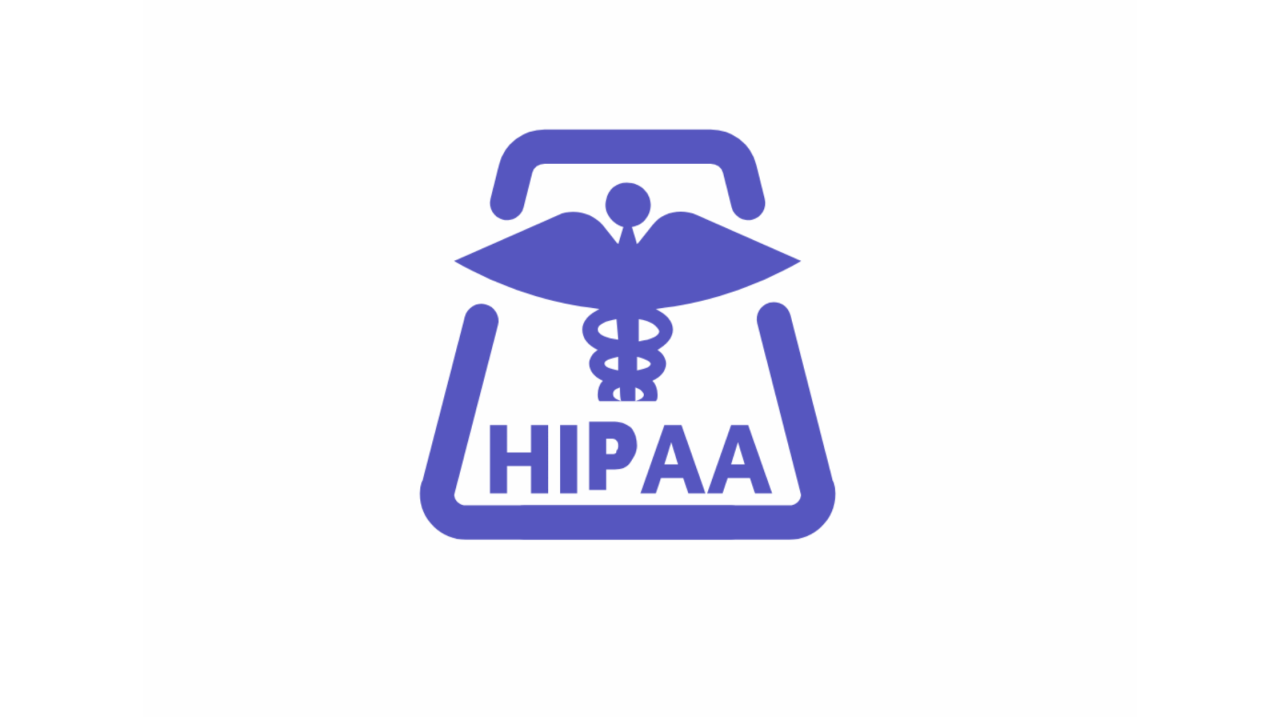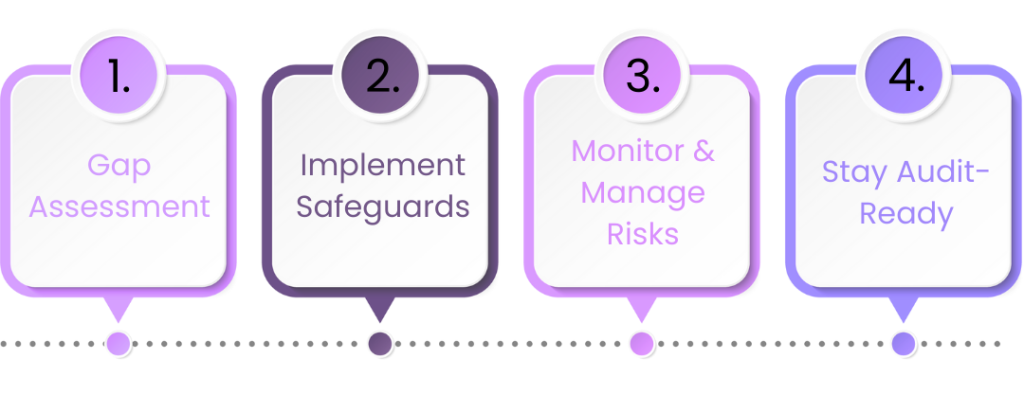HIPAA

About HIPAA
When you visit a doctor, you expect two things: medical expertise and privacy. The Health Insurance Portability and Accountability Act (HIPAA), passed in 1996, ensures that your sensitive health information stays protected. From prescriptions and test results to insurance details, HIPAA governs how Protected Health Information (PHI) is stored, shared, and secured.
Think of HIPAA as a three-part shield for your health data:
- Privacy Rule: Defines who can access patient information
- Security Rule: Establishes how data must be protected
- Breach Notification Rule: Ensures patients are notified if their data is compromised
Non-compliance can result in millions of dollars in fines and irreparable damage to patient trust.
The Challenge: Why HIPAA Is Harder Than It Looks
On paper, HIPAA seems straightforward: protect health data. In reality, compliance is complex and resource-intensive. Organizations often face challenges such as:
- Managing extensive documentation and proof of compliance
- Keeping pace with evolving regulations and digital threats
- Securing growing volumes of electronic health data
- Ensuring third-party vendors comply with HIPAA requirements
As one industry expert said, “Compliance with HIPAA is like juggling flaming swords—you can do it, but you can’t afford to drop one.”
4 Steps to HIPAA Compliance with Sahl
Sahl enables healthcare organizations to meet HIPAA requirements while maintaining operational efficiency. Our approach follows four structured steps:
- Assess Your Current State: Conduct a gap analysis against HIPAA Privacy and Security Rules. Identify where PHI is stored, processed, and transmitted.
- Implement Safeguards: Apply administrative, technical, and physical security measures such as access control, encryption, and staff training. Establish written policies and procedures.
- Monitor and Manage Risks: Continuously track PHI access and vendor compliance. Conduct regular risk assessments and Privacy Impact Assessments (PIAs).
- Stay Audit-Ready: Maintain evidence and documentation. Ensure readiness for breach notifications and regulator reviews.

How Sahl Makes HIPAA Compliance Simple
At Sahl, we believe compliance should empower rather than overwhelm. Our platform automates the heavy lifting so healthcare organizations can focus on patients. Key features include:
- Automated Gap Assessments: Instantly see compliance gaps with clear remediation steps
- AI-Powered Policy Generator: Create HIPAA-ready policies in minutes
- Data Mapping and Risk Radar: Track PHI and proactively address risks
- Audit-Ready Evidence: Organized documentation for inspections
- Vendor Management: Ensure third-party providers meet HIPAA standards
- Virtual AI DPO: Get real-time compliance guidance for tricky situations
By combining automation with expert oversight, Sahl makes HIPAA compliance less of a burden and more of a business enabler.
Results: Peace of Mind for Healthcare Organizations
With Sahl, organizations achieve:
- Stronger patient trust through robust PHI protection
- Reduced risk of regulatory penalties and breaches
- Streamlined operations without compliance bottlenecks
- Future-proof compliance aligned with global standards like GDPR and ISO 27001
As Larry Ponemon famously noted, “You can’t have privacy without security, and you can’t have security without privacy.”
Want to see how Sahl's Compliance Automation platform can make HIPPA easy?
Conclusion
HIPAA is one of the most critical compliance frameworks in healthcare. With Sahl’s AI-powered compliance platform, organizations can achieve HIPAA compliance efficiently, strengthen patient trust, and stay ahead of regulatory demands.
Visit U.S. Department of Health & Human Services HIPAA Guidance to learn more, or explore how Sahl helps healthcare providers stay compliant without disruption.
FAQs
-
- Who needs to comply with HIPAA?
HIPAA applies to healthcare providers, insurers, and any business associates handling PHI including IT vendors, billing firms, and cloud service providers - What qualifies as Protected Health Information (PHI)?
PHI includes any patient-identifiable data linked to health records, such as names, test results, prescriptions, and insurance details. - What happens if an organization fails to comply?
Fines can reach millions of dollars, and patient trust may be permanently lost. - Does HIPAA apply outside the United States?
Yes, if a company processes PHI for U.S. patients or organizations, HIPAA compliance is required. - How does Sahl help with HIPAA compliance?
Sahl automates policy creation, risk management, vendor monitoring, and audit preparation ensuring healthcare organizations remain compliant without losing focus on patient care.
- Who needs to comply with HIPAA?

